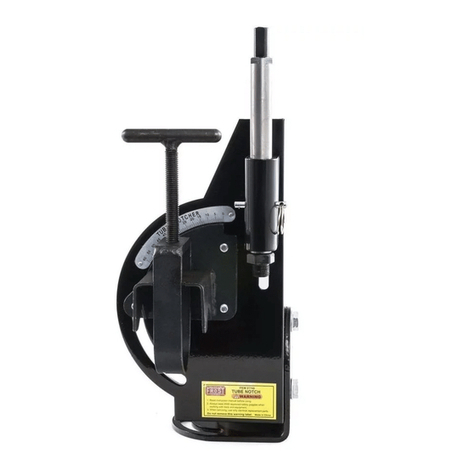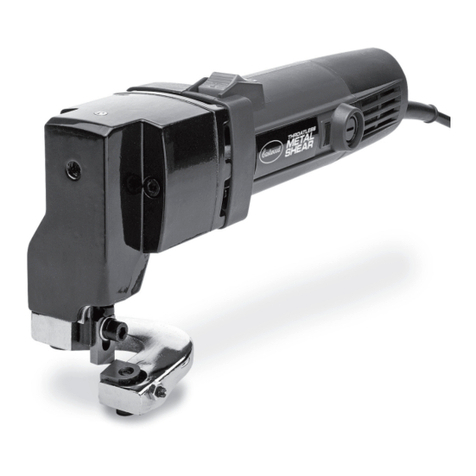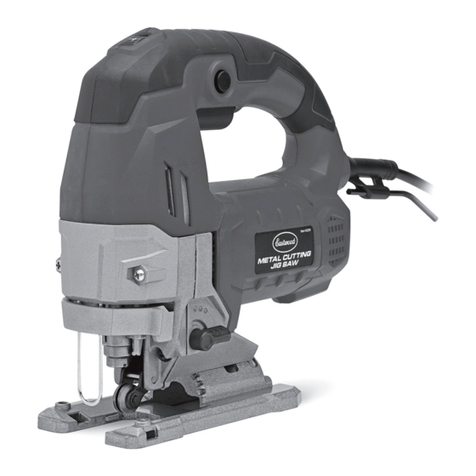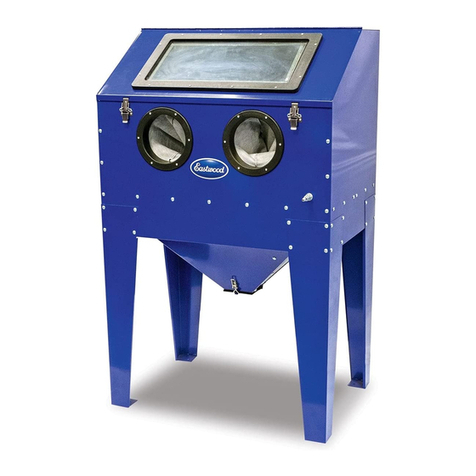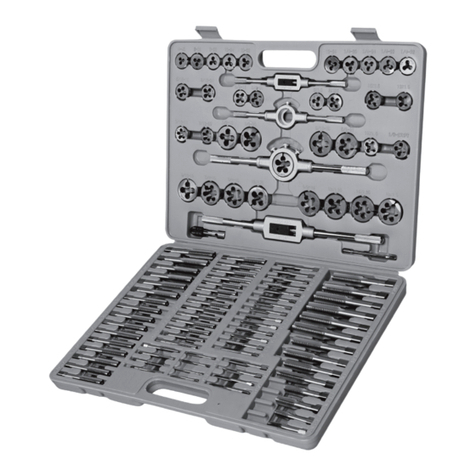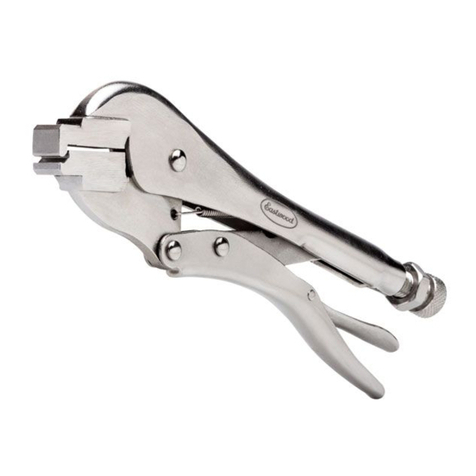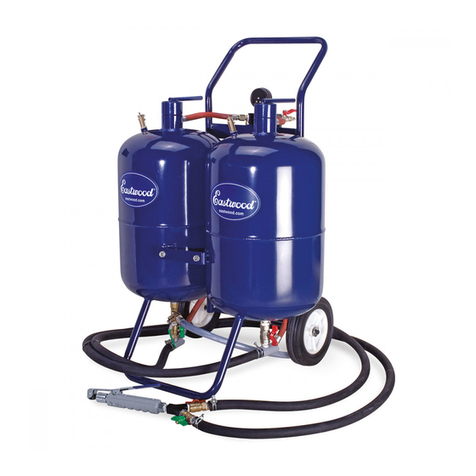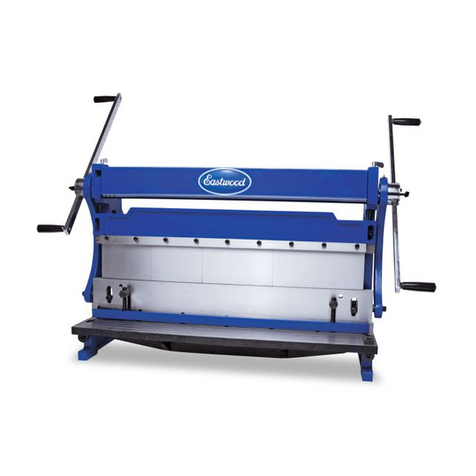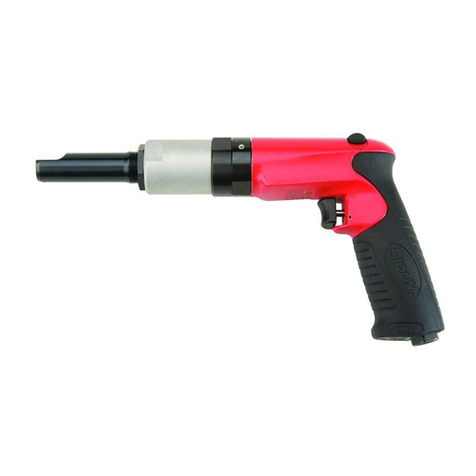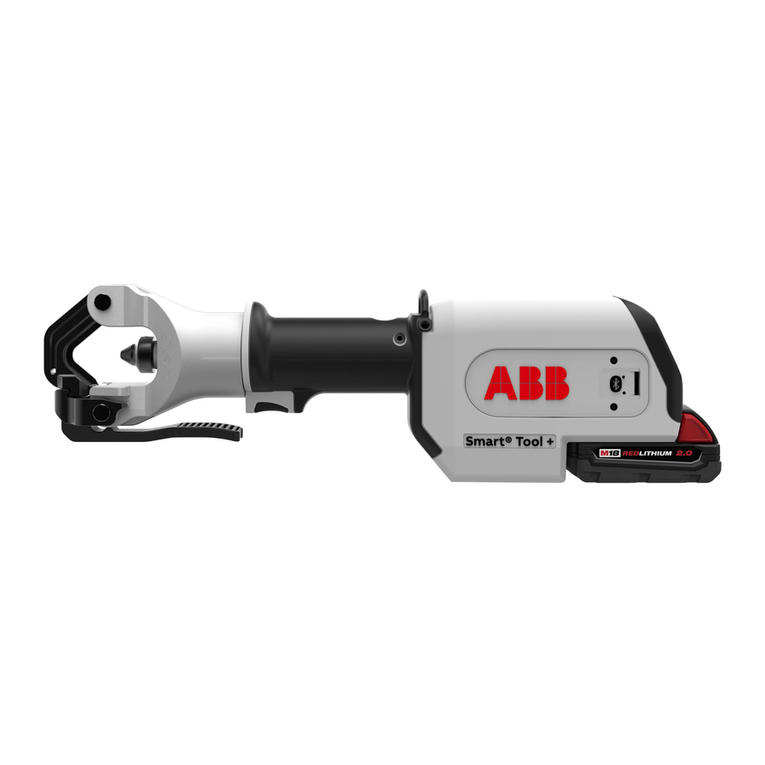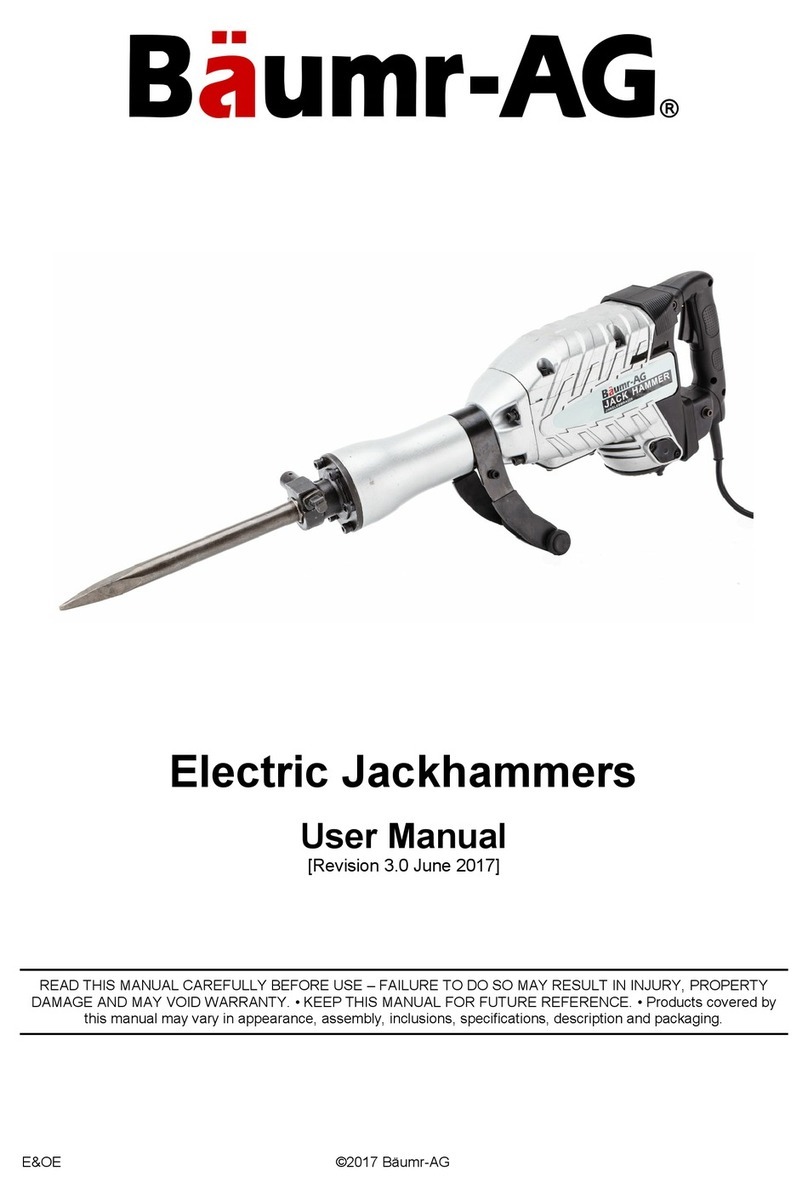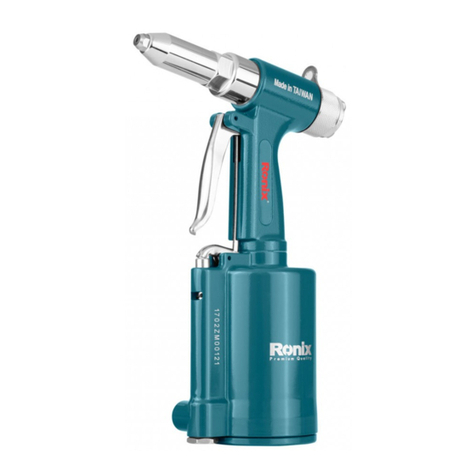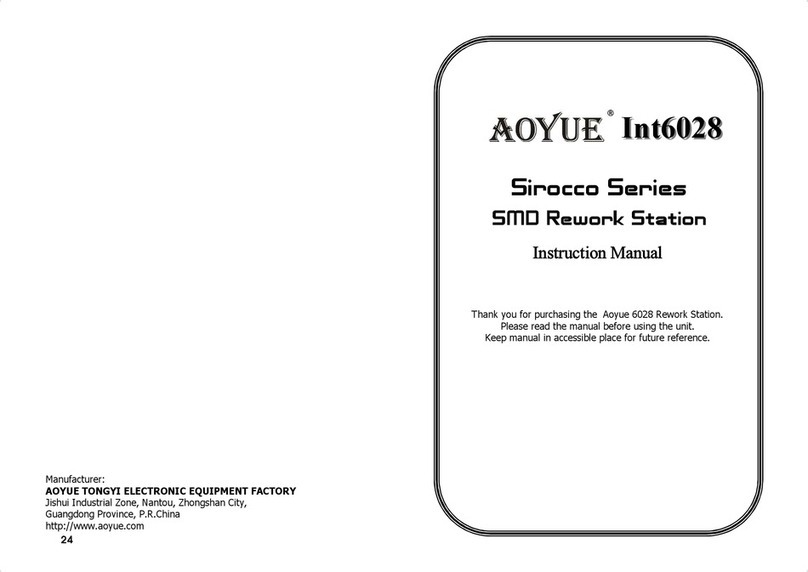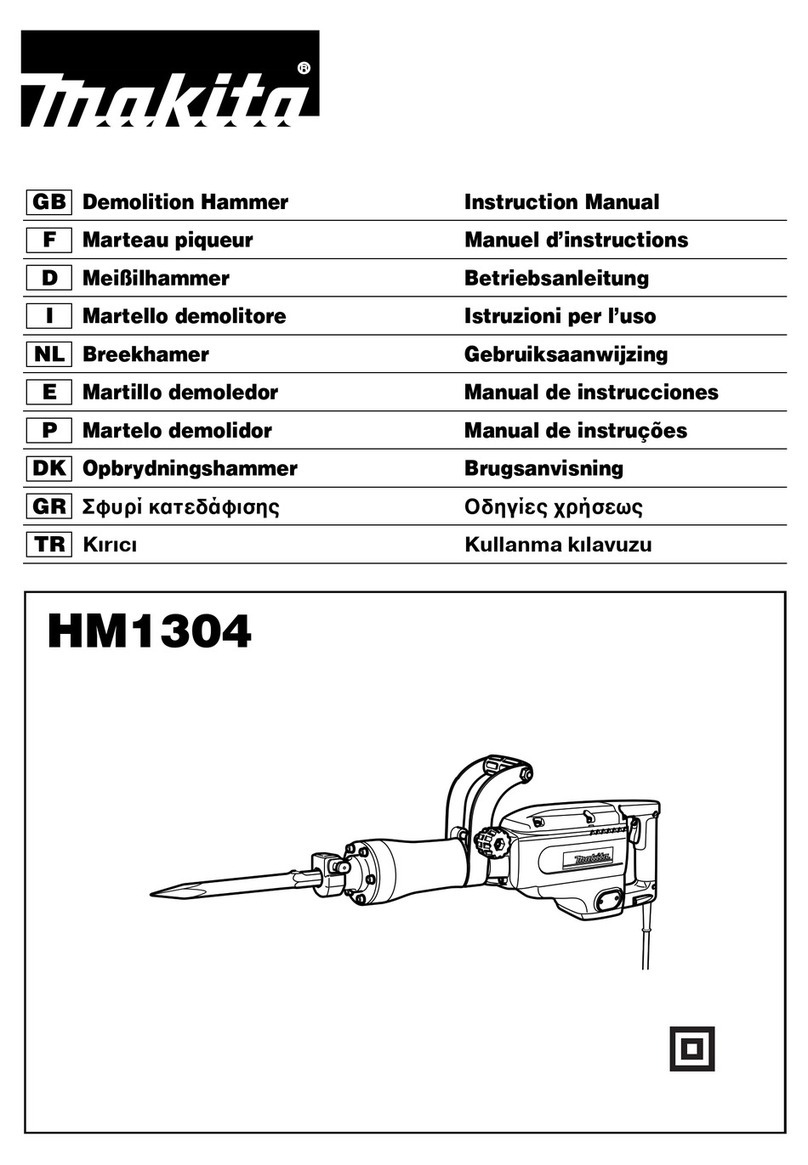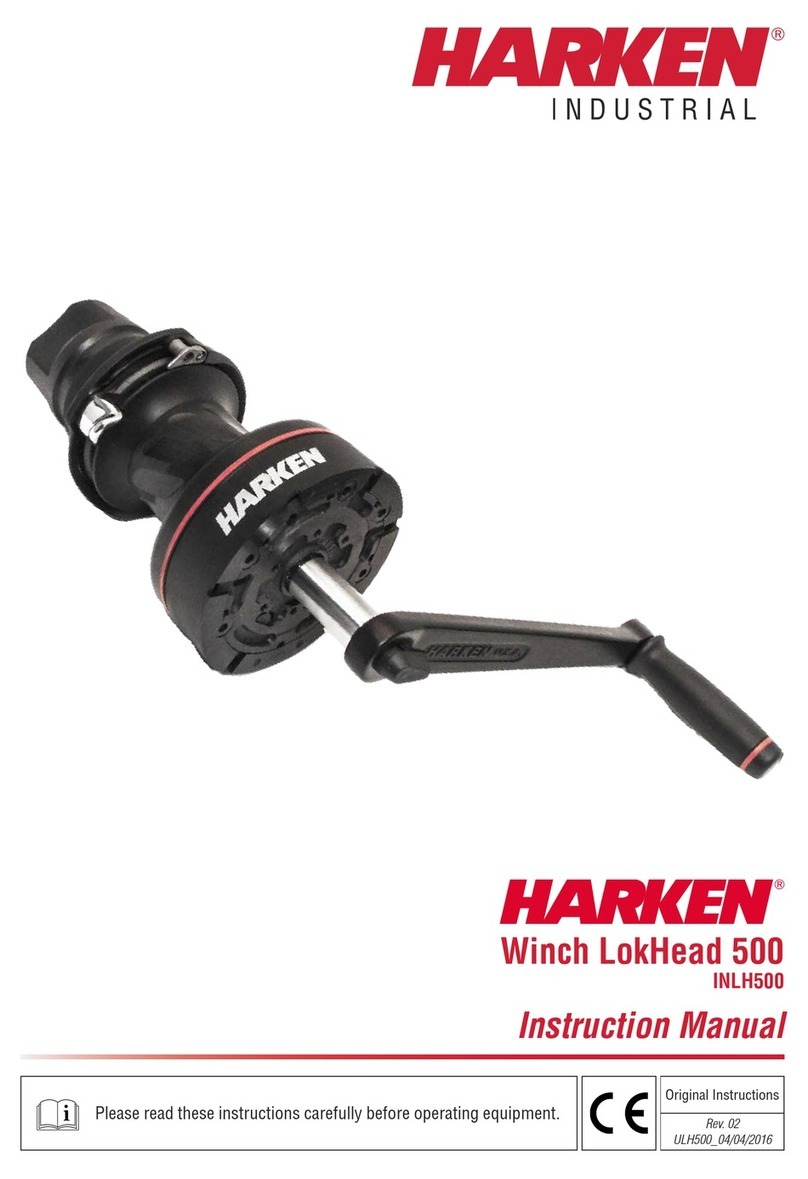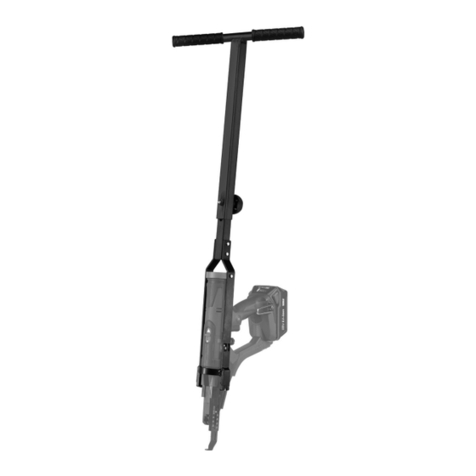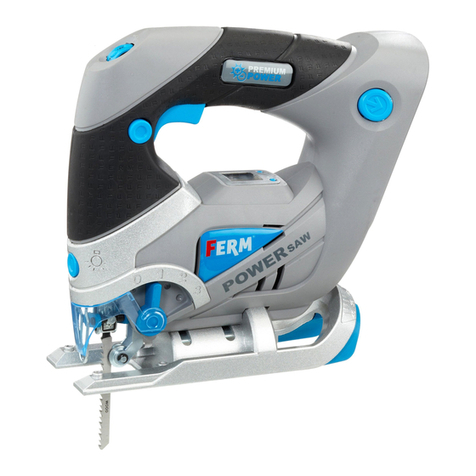Model 2-PS Quick Set Up Guide
1. Connect the Model 2-PS to your compressor, using an air supply line of at least ½” I.D (Internal
Diameter). If you are using an air supply line longer than 30 ft., or with an air compressor
greater than 30 cfm, use a ¾” I.D. air supply line with a reducer to thread into the ½” NPT
(National Pipe Thread) air inlet valve on the front of the Model 2-PS.
2. DO NOT USE a plug in male/female type quick disconnect on your air supply line. If you are
going to use a quick disconnect, use a “Chicago Style” quick disconnect. If you are not sure
what this is, just Google search for “Chicago Style Coupling”.
3. Load the Model 2-PS with soda blast media. ALWAYS make sure that the air inlet valve (where
your air supply line goes into the Model 2-PS) is in the closed/off position, and that the tank is
fully depressurized before attempting to load with soda blast media. You depressurize the
tank using the valve on the top of the tank. You can then unscrew the large nut on top of the
tank and place in your funnel. The Model 2-PS tank will hold up to 100# of soda blast media.
Make sure that you pour the soda blast media thru a screen before loading. This will catch any
clumps and help prevent clogging. After loading, replace/tighten nut and close the
depressurizing valve.
4. Make sure that the ball valve on the bottom of the tank is in the fully open position.
5. Turn on your air compressor and set the compressor to 120 psi (pounds per square inch).
6. Open the air inlet valve on your Model 2-PS (where your air supply line goes into the Model 2-
PS).
7. Set your final blasting pressure on the Model 2-PS adjustable pressure regulator by gently
pulling up on the black knob (You should hear a slight click). There are arrows on top of the
knob indicating which way to turn to increase or decrease the pressure. Watch the pressure
gauge on the Model 2-PS and turn the knob to adjust the pressure. When the gauge reaches
the pressure you want, push the knob back down. You should hear a slight click.
8. Set the Model 2-PS adjustable pressure regulator within the 80 –100 psi range to remove paint
from hard surfaces like metal or stone. If you are blasting on soft materials like wood or
fiberglass always start at a very low final blasting pressure like 30 or 40 psi and slowly increase
the pressure until you find the best pressure that cleans and doesn’t harm the soft surface.
9. Always wear a respirator and eye protection when soda blasting. The Model 2-PS comes with
a bump cap and blasting hood. If you do not use the hood, make sure you wear full goggles to
protect your eyes.
10. To blast, just depress the handle at the end of the blast hose and blast at approximately 45
degree angle to the surface.
11. When you complete your work for the day, turn off the air compressor, close the air inlet valve
on the Model 2-PS, and depressurize the tank. Empty any soda from the tank if you are not
going to use the Model 2-PS again for any length of time more than a week or two. To empty
tank, loosen the pipe union between the ball valve on the bottom of the tank and the control
box. This will remove the control box. After soda is drained out, replace control box and
carefully tighten the pipe union.

